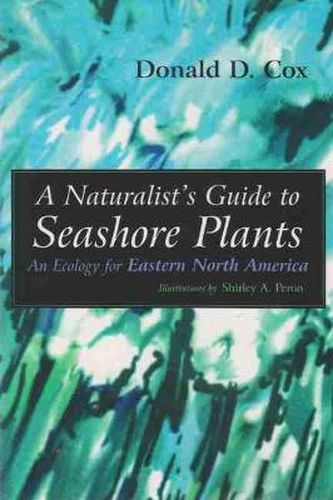Readings Newsletter
Become a Readings Member to make your shopping experience even easier.
Sign in or sign up for free!
You’re not far away from qualifying for FREE standard shipping within Australia
You’ve qualified for FREE standard shipping within Australia
The cart is loading…






Donald D. Cox uses nontechnical terminology in order to provide clear references for the general public as well as professional and amateur naturalists and students. He explores the origins of the oceans, tides, wind belts, and land plants and includes useful illustrations for aid in identification. Most significantly, this guide brings together a wide range of information relative to ocean and seashore ecosystems. Cox includes the types of plants that grow near the seashore; adaptations that help plants survive in seashore habitats; poisonous, medicinal, and edible plants of the ocean and seashore; seasonal changes in the seashore habitat; and methods of naming plants and the folklore of common names. The author also provides complete and accurate details for those readers who are interested in collecting plants and preserving plant collections. The final chapter offers non-technical investigations, activities, and projects. Conservation and habitat preservation are emphasized throughout the book.
$9.00 standard shipping within Australia
FREE standard shipping within Australia for orders over $100.00
Express & International shipping calculated at checkout
Donald D. Cox uses nontechnical terminology in order to provide clear references for the general public as well as professional and amateur naturalists and students. He explores the origins of the oceans, tides, wind belts, and land plants and includes useful illustrations for aid in identification. Most significantly, this guide brings together a wide range of information relative to ocean and seashore ecosystems. Cox includes the types of plants that grow near the seashore; adaptations that help plants survive in seashore habitats; poisonous, medicinal, and edible plants of the ocean and seashore; seasonal changes in the seashore habitat; and methods of naming plants and the folklore of common names. The author also provides complete and accurate details for those readers who are interested in collecting plants and preserving plant collections. The final chapter offers non-technical investigations, activities, and projects. Conservation and habitat preservation are emphasized throughout the book.